We promise you that The Afterparty, a brand new eight episode series on Apple TV Plus, might just be one of the smartest things you’ll see in a long time. Created by Phil Lord and Christopher Miller (Spider-Man: Into the Spider-Verse, The Lego Movie, 21 Jump Street), the show centers around the events of a high school reunion and its afterparty in which one of the former classmates – Dave Franco’s Xavier – turns up dead. Everyone is a suspect, and it’s up to Detective Danner (Tiffany Haddish) to figure out who the killer is.
Now, everyone obviously has a very different account of how the night played out, but what makes The Afterparty stand out is that we get to see all of it play out from their respective perspectives. Now, we don’t want to spoil the fun, so let’s just say that every episode trips into a different genre, each one with its own unique style that matches the character’s personality.
Umapagan Ampikaipakan: If I had to sum up the tone of The Afterparty in one sentence, I would say that it’s this weird and wonderful mix of Knives Out and Romy and Michelle’s High School Reunion, with just the right amount of Lord and Miller quirk. Now, if you’ve seen Spider-Man: Into the Spider-Verse, The Lego Movie, or 21 Jump Street then you’ll know what I’m talking about. It’s that witty, self-aware, almost breaking the fourth wall style that their comedy often employs.
Here, all of that is turned up to 11, as they seamlessly trip across genres, somehow managing to bring together comedy and drama, provide meta-commentary on the millennial mindset, all while maintaining the tension of a murder mystery. It’s brilliant. And I love it.
Bahir Yeusuff: Don’t forget Jonathan Lynn’s 1985 masterpiece, Clue! But you’re right, there were a lot of these very recognizable murder whodunnit elements throughout this series, but none of it comes off as slavish, or clichéd, or tropey. Lord and Miller certainly do know how to put a spin on an existing thing in order to make it fresh and entertaining.
Also, when you do watch this (and you really should!), keep an eye out for details in each of the retellings. Little things change in every episode, and those details, while not really clues to whodunnit, nevertheless go a long way in showing the care and attention that the writers and production team have for the story they are telling.
I got through the entire thing and I will definitely be rewatching it to see if I missed anything.
Anatomy of a Murder

UA: The problem with these sorts of Rashomon style stories is that they run the risk of feeling repetitive. The Afterparty does not. Every new perspective gives us something completely different. These characters are suddenly skewed when viewed from the point of view of someone else. And all of their performance are shifted ever so slightly to match.
Watching Sam Richardson play out the same scene in eight different ways is delightful. Watching these actors perform these parts, in both the way the characters see themselves, and in the way eight other people see them, is nothing short of a masterclass in character, comedy, and timing.
What’s more, none of it feels like some self-indulgent acting exercise. All of it serves the story. Every small detail, every perspective shift, every new characterisation serves to further develop the mystery at the heart of the series.
BY: The shifts in perspective really do add to the story. As the audience, there isn’t just one point of view that we are following. No one is a stand-in or a surrogate for us, they are all characters in this story, and they all matter. Sure, we follow Sam Richardson’s character most of the time, but the story makes it very clear that even his point of view is skewed. And that is just fantastic writing.
And the mystery is a good one. The guy who dies is a fellow classmate and there is history, and baggage, and links to everyone. So it really is a case of anyone could have done it.
My one gripe with the show was Tiffany Haddish’s Detective Danner. I just felt that she was too Tiffany Haddish. I think I might have preferred it if her character was a little different from her stage persona. Was that just me?
UA: You aren’t wrong. Tiffany Haddish was playing Tiffany Haddish. But I quite like her over caffeinated, in your face style of comedy, so it didn’t really bother me all that much. I really liked that her Detective Danner isn’t someone you usually encounter in a murder mystery like this. You just don’t see a Black woman playing such parts. And that felt fresh.
Lights, Camera, Murder!

UA: I feel that we should also point out that this is a series that leans into its murder mystery elements as much as it does its comedy.
There is a long history of finding the funny in murder. Clue, obviously. Also Manhattan Murder Mystery. Dead Men Don’t Wear Plaid. Knives Out. And most recently, Only Murders In The Building. Lord and Miller very smartly pay tributes to the greats. Right from the opening credits – a clear tribute to Saul Bass, Alfred Hitchcock, and Anatomy of a Murder – to the red herrings that are littered throughout the series, The Afterparty builds on the foundations laid out by the murder mysteries of the past as it carves its own way forward. The result of which is incredibly satisfying, and rewarding, for fans of the genre.
BY: But I think what the Afterparty does so well, like every one of those other titles you mentioned, is that it doesn’t make it unapproachable to people who aren’t fans of the genre. This isn’t a thriller. It isn’t some long form murder mystery. But it also doesn’t spoof the long form murder mystery. The writing here respects the form and the format, while using the comedy to make it very accessible to all audiences. This is such a smart use of the format, remixing genres, in order to make a new thing that is just so watchable.
Knives Out did it without being a comedy. Don’t get me wrong, it was funny, but it wasn’t haha funny. The Afterparty is haha funny. It both takes itself seriously, and not too seriously. The murder mystery touchpoints are all there, but it’s just a smidge off center.
As much as I really liked Only Murders In The Building, The Afterparty gave me something that Only Murders didn’t; a *gasp* moment. When you, the audience think you know where it’s going, but suddenly you notice something new. Something that makes you want to go back and rewatch previous episodes to see if it was set up (it was!). I like those moments. Because it’s in those moments you realize that the writers respect the audience enough to drop something in without highlighting it or bringing attention to it.
UA: There is also a pretty potent message here. The Afterparty puts forward a strong rebuke to the millennial and zoomer disease of Main Character Syndrome. It challenges the notion that we are all the heroes of not just our own story, but of everyone else’s story as well. It tells us not to judge others by just what we see. It shows us how everyone has their own secret traumas to navigate.
If there’s one takeaway from The Afterparty, it is that we can all be a little more empathetic.
BY: One more thing. The week-to-week release of The Afterparty makes for a viewing experience. The Twitter discussions and WhatsApp messages will be so much fun. You should definitely watch this, as it comes out, with a group of friends. I know I’ve been shouted down from my little “apple box” for people to respect the weekly release, but if you want to get the full audience participation experience, you have to do The Afterparty the way it was intended.

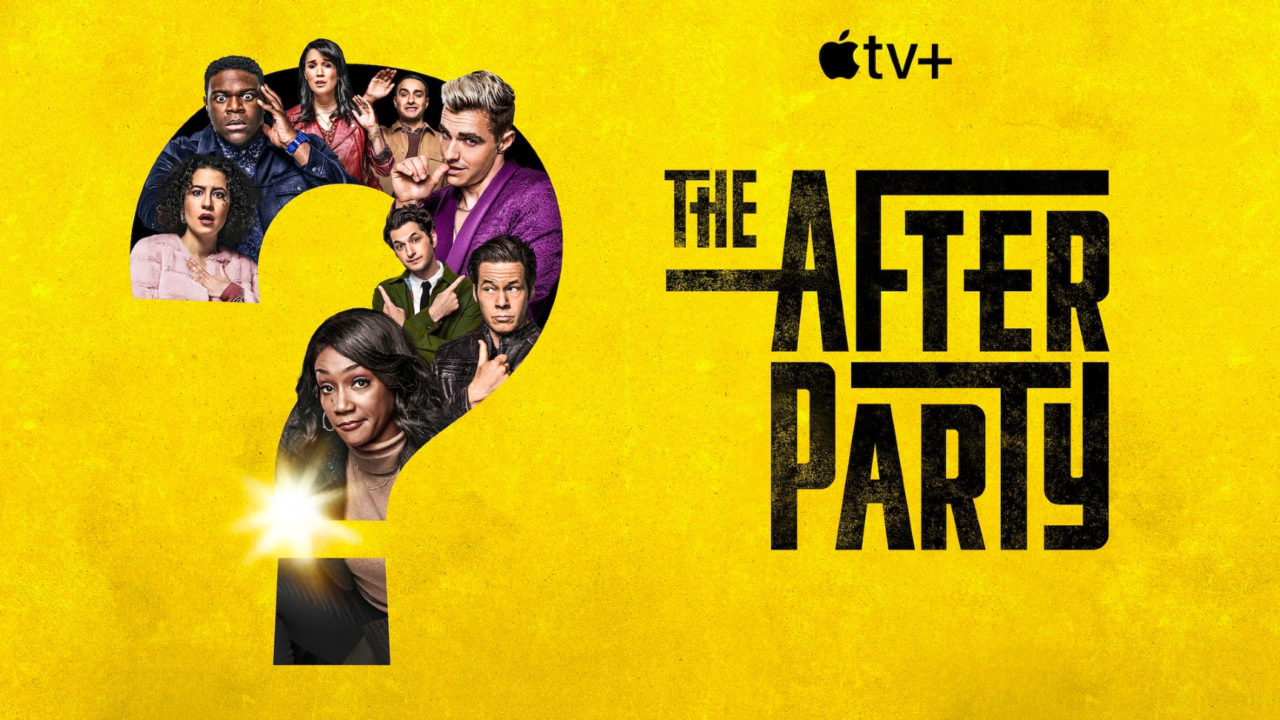
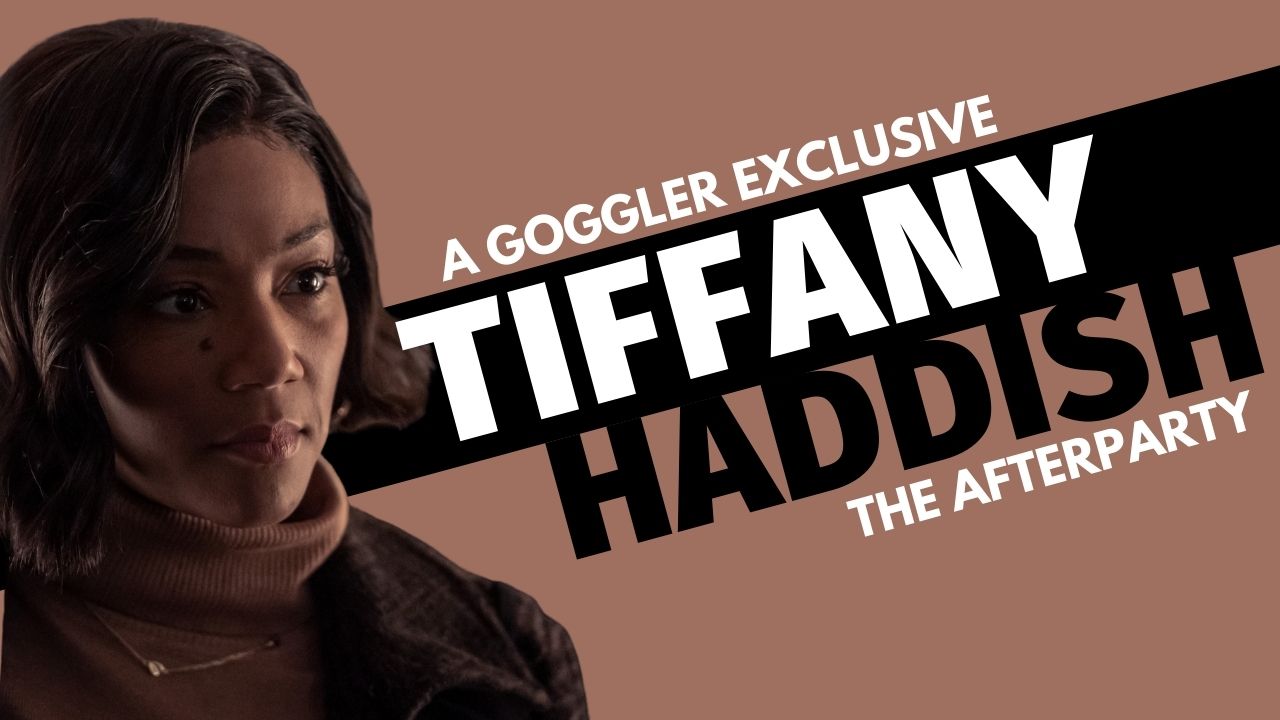

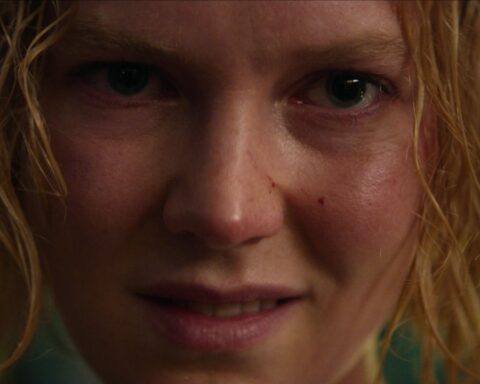

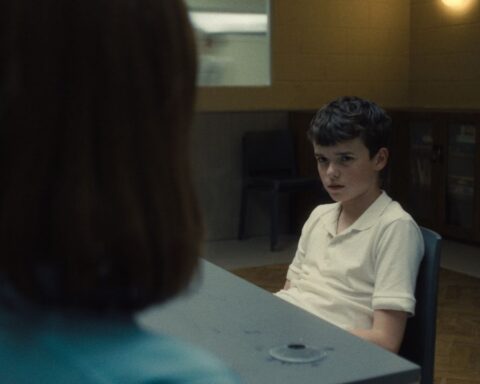
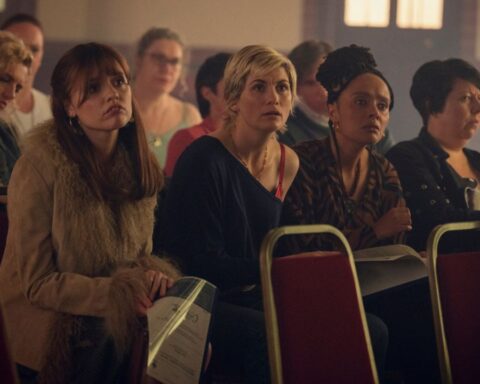

Follow Us